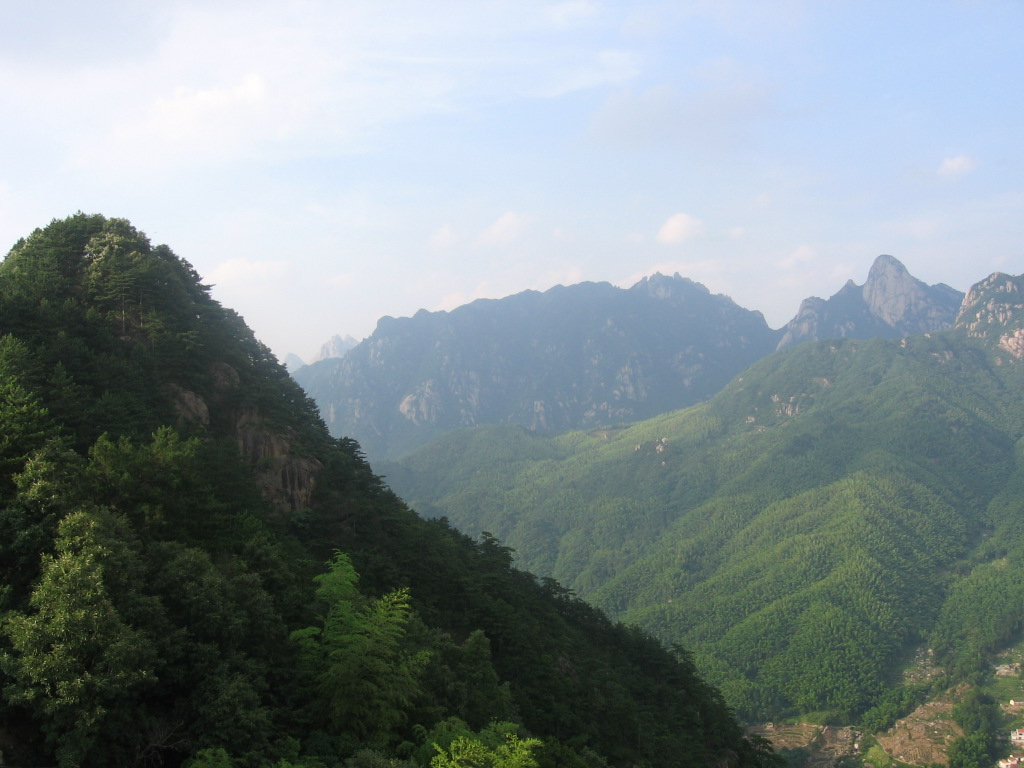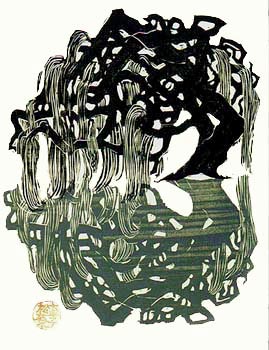A number of articles about Naoto Matsumura have appeared in the media, variously describing him as loner, solitary, farmer — and this one as “hermit.”
Naoto Matsumura has elected to remain within the 12 mile/20 kilometer exclusion zone around the failed Fukushima nuclear plant to feed and care for animals (cows, dogs, cats, etc.) abandoned by people fleeing the zone.
Surely he understands the health risks, and his motive is never clearly described (he smokes, eats what he admits is bad food, canned). But he is not a martyr or an activist. Matsumura says he does not want to see the abandoned and contaminated towns revitalized — he wants them to disappear.
URL: http://www.terradaily.com/reports/The_hermit_of_Fukushima_staying_put_despite_risks_999.html

